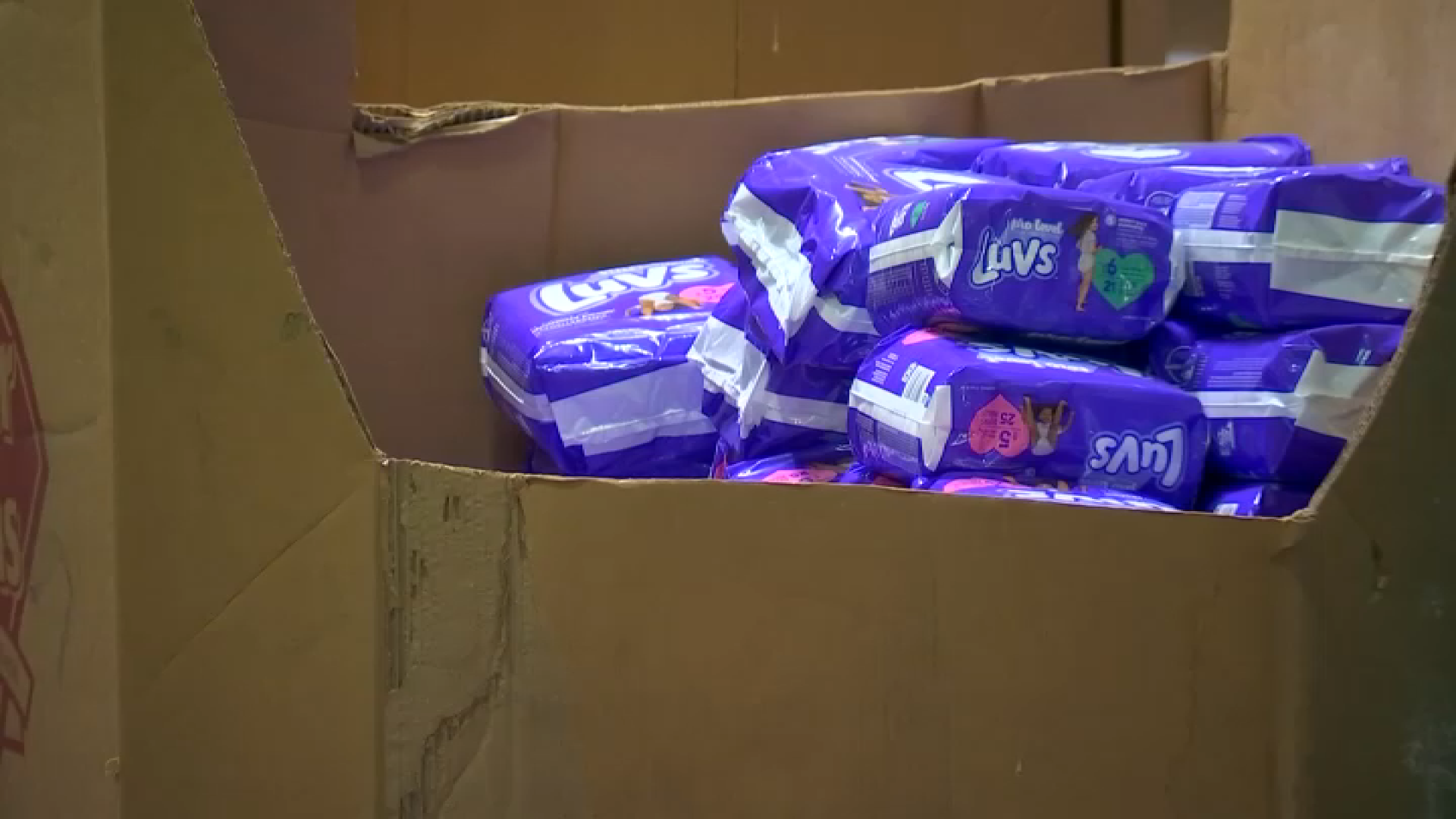What to Know
- NASA's DC-8 flying science laboratory has instruments that can sample air and provide researchers with data
- The plane is on a two-month mission with researchers studying the life cycles of wildfire smoke
- The team sampled about a dozen large Western U.S. fires and some small fires in the east
A DC-8's worth of airborne science is scheduled to fly over Los Angeles and parts of Central California Thursday as part of a two-month study into the life cycles of wildfire smoke.
There's a team of scientists on board the NASA airplane, which is packed with instruments to sample the air during a flight back from Kansas to the DC-8's home at Armstrong Flight Research Center in Palmdale. The plane must fly at altitudes between 1,500 and 3,500 feet to get accurate samples, so residents might see it flying low over the LA basin and San Joaquin Valley.
The team sampled a dozen large Western U.S. wildfires and 85 smaller fires in the east. The mission is expected to end in October or November after monitoring a prescribed burn in Utah.
"We are returning home with the most extensive characterization of fire emissions ever collected," said NASA Mission Scientist Jim Crawford. "These samples are tied directly to specific sources makes them all the more valuable for improving our prediction of the environmental impacts of smoke associated with fires."
NASA's highly modified DC-8 was built in 1969 and acquired by the space agency in 1985. It can fly at altitudes of 1,000 to 42,000 for up to 12 hours, but most of its missions average six to 10 hours. It can carry about 30,000 pounds of research equipment and seat up to 45 people.
Researchers at UC Irvine will study the air samples acquired by its sensors for pollutants. That information will then be used to better understand sources of the pollutants and the process that leads to air pollution.
Local
Get Los Angeles's latest local news on crime, entertainment, weather, schools, COVID, cost of living and more. Here's your go-to source for today's LA news.
The mission is part of a program geared toward understanding how smoke affects weather and climate. It also could help with improved air quality forecasts.
The plane took a similar path July 22 on its way to Idaho. The air quality data collection is part of a partnership with the California Air Resources Board.
"This is an exciting and rare opportunity to gather information that will help us to understand more about the challenges posed by climate change and the role it plays in the causation of wildfires," said CARB Executive Officer Richard W. Corey. "Our mandate is to protect public health and we expect the findings from these research flights will improve our ability to more fully plan for and communicate the potential health risks posed by wildfires to the public."



